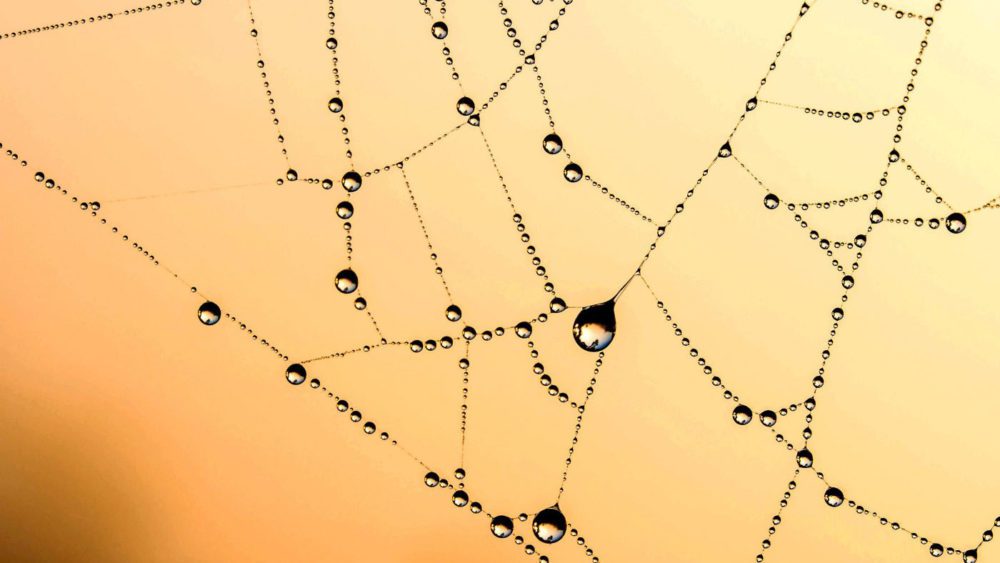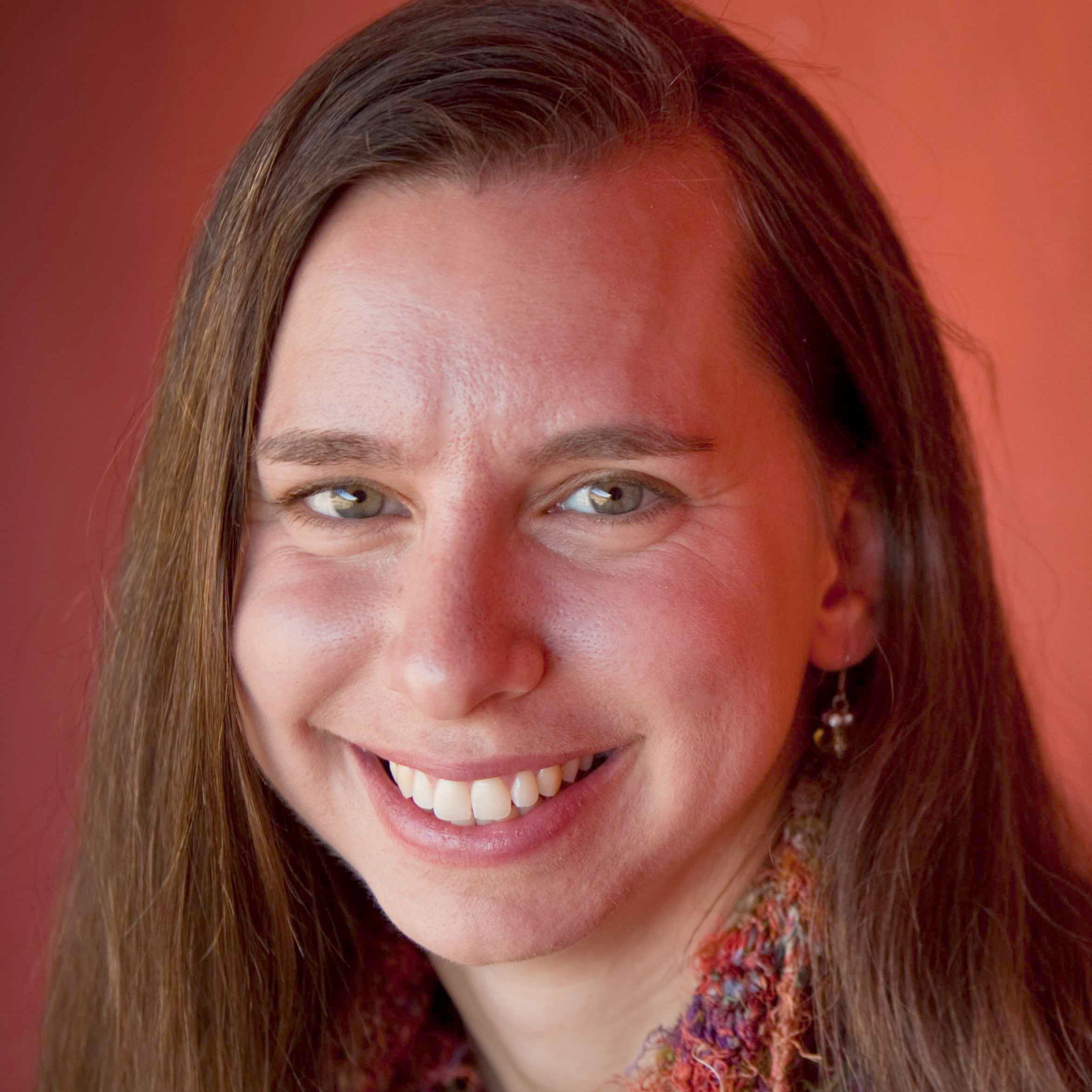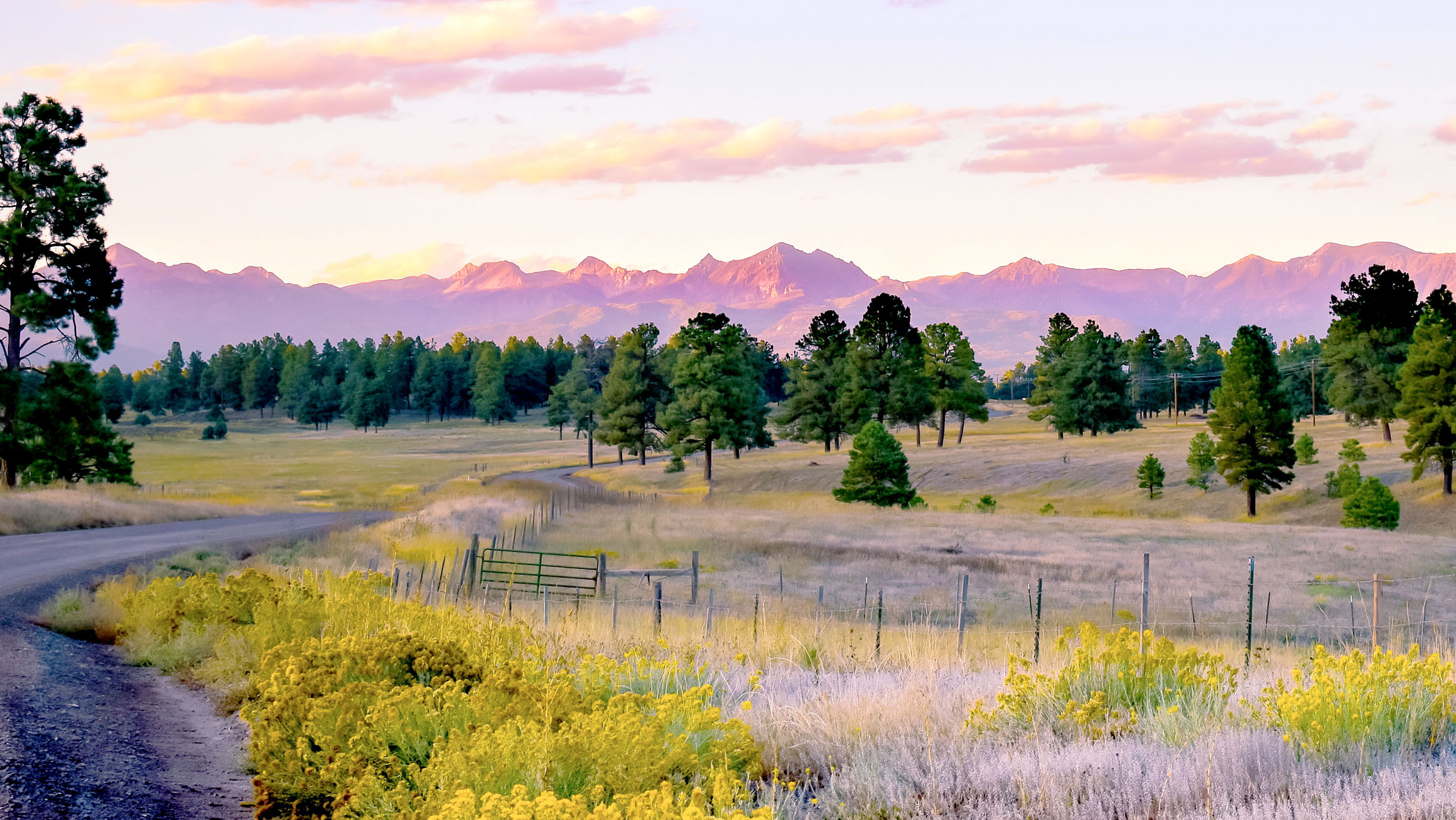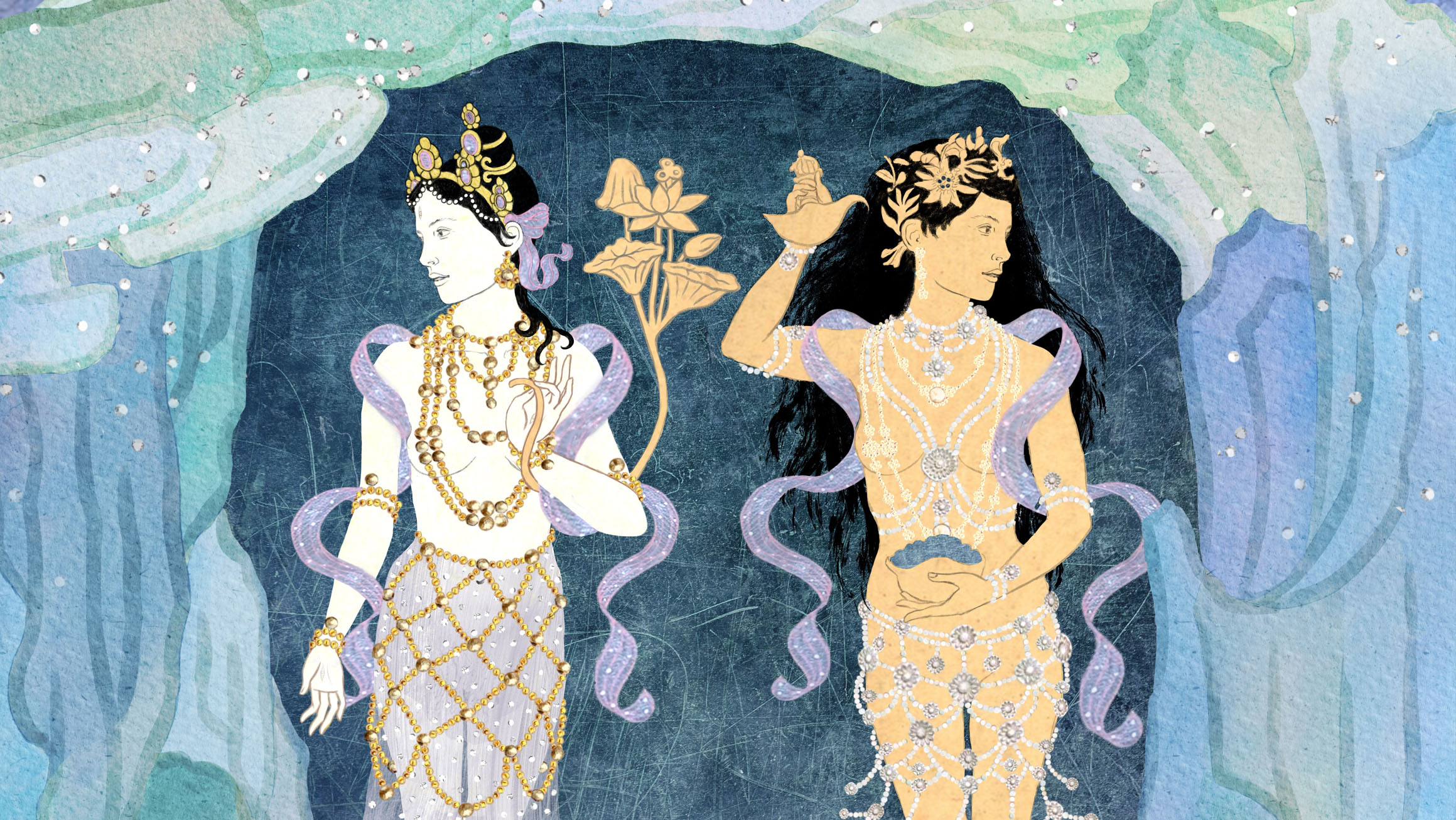By Lopön Beth Lee-Herbert
We find ourselves in an unprecedented time. Coronavirus has swept our world, and the anxiety and panic is palpable. It is changing our lives, and even more frighteningly, the global order. There is no place immune, and to protect each other we are committing to stay away from each other. This is a moment where our individual lives and society as a whole are going through a drastic transformation. It feels deeply unsettling and scary, but it is the opportunity to create together and individually a more compassionate, more loving world.
Polyvagal theory is a psychological theory that describes three pathways in the connection between brain and body, corresponding to the tone or state of the vagus nerve (so named because, like a vagabond, it travels much of the body). By tracking our internal states and correlating them with the activation of one of the three pathways, we can keep our emotional states regulated even during times of high stress and uncertainty. Through this attention on body and brain cues and taking steps to stay in a calmer mental state, we can use this unsettling time as a ripe opportunity for transformation.
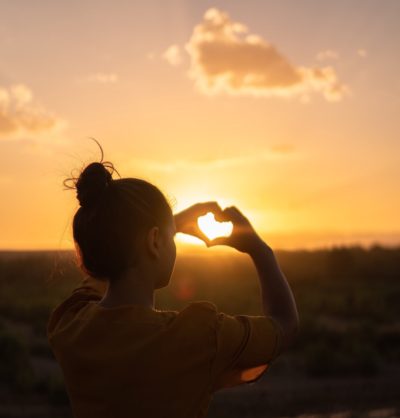
Photo by Hassan OUAJBIR from Pexels
According to the theory, the ventral pathway supports social connection and feeling safe. This includes connecting with other people, but it also relates to connecting to nature, to spiritual practice, and to creativity. When we reach out beyond limited notions of our selves and find connection, it supports our feelings of safety. The sympathetic pathway is related to the fight or flight response, the panic that has people racing to the store in a rush for toilet paper. In a crisis that feels deeply threatening, our bodies are energized in a state of “activated mobilization”: an anxiety in our body that makes us feel compelled to do something. The third pathway is the dorsal, which is when events feel so life-threatening that the only option is to completely immobilize, to shut-down in order to survive, like a deer frozen in car headlights.
Though we are being asked to freeze in place, to do this from a place of the dorsal pathway, where we are paralyzed with terror, or in the sympathetic pathway, wracked with fear from reading every bit of information about coronavirus, is not helpful to our organism. Though we are asked to keep physical distance from others, this doesn’t mean we need to end our social engagement. To the contrary, in times like this we need a sense of connection, which we experience with activation of the ventral pathway. It can seem prudent to worry about our own financial insecurity or obsessively track the case counts in our local area, but only because it matches our sympathetic nervous system state. Even though in the short term, it can feel calming to read the news, the longer-term effect is that of increasing anxiety. If we track and let go of things that cause stress and focus more on ways that we can connect and create meaning then we are better able to face this crisis with as much composure as possible. By getting into our ventral state, feeling safe and connected, we are better suited to handle stress and anxiety.
There are many ways of creating connection and safety even when alone or with those we live with. These activities vary person to person and might include creating music, painting or drawing, appreciating art and beautiful things, dancing, cooking foods with the strangest items in your pantry, sewing, reading poetry, journaling, writing dystopian fiction, or if you are like me, making and applying salves and body oil. Sesame oil in particular is grounding and soothing according to Ayurveda. Planting garden seeds, going for hikes or walks, calling or video chatting loved ones, reading a delicious novel, organizing a back cabinet, pruning trees or houseplants, writing letters, making gifts for those far away, repotting houseplants, learning a new skill with the help of youtube videos, or, if you are like my parents, walking 5–8 miles a day. Finding what we are grateful for and expressing gratitude can be a powerful way to shift the mind. Chinese medicine doctors in China are suggesting exercise as the best preventative measure. Meditation practices, yoga, tai chi, knitting, biking, baby animal videos, feeding birds or squirrels, or spoiling our pets can all be ways of shifting our state from panic or immobilization into a state of regulation that not only helps us, but also helps those around us. Yes, we have to use what we have with us, but that lends itself to more creativity. What makes you feel connected and grounded? What do you lose yourself in that leaves you with a sense of ease and purpose? In the same way anxiety feels contagious, coming from a place of peace can also be contagious. We can simply do the right thing without feeling so much panic or overwhelm.
We can also widen our motivation from the fear-based concern about ourselves and our loved ones to really seeing our sacrifices as being for the common good. The larger our motivation, the more our minds can handle the actions called for. We, as a world, are shutting down our own comforts, financial security, productivity, the economy, and so forth in order to protect the most vulnerable among us. We can feel grateful that we are all in it together, letting go of everything unnecessary in order to ensure that everyone has that which we find most precious: life itself. We are all participants in a global effort of compassion and care. If you are immuno-compromised or at significant risk, the vast majority of people right now are taking significant action to keep you safe.
We can separate the action we are being asked to take from the feeling of fear. The actions prescribed are not optional, but the fear itself is. Letting go of anxiety is not something that can be done once, it is something that we need to do again and again. We may be in this place for quite a while; let’s make it meaningful and transformative.
This post was written by Lopön Beth Lee-Herbert, and is posted here with her permission. You can visit the original blog post at this link.
Lopön Beth Lee-Herbert M.A., L.M.H.C.
Lopön Beth Lee-Herbert M.A., L.M.H.C. began her practice of Tibetan Buddhism under Lama Tsultrim Allione at 22, and completed the practices of the Dzinpa Rangdröl in three-year retreat at Tara Mandala between 2009 and 2012. In 2013, Tulku Sang-ngag Rinpoche made her the Tsalung Lopön, teacher of the esoteric practices of the channels and winds. Since that time, she has taught dharma both nationally and internationally. She enjoys making evident the joy, ease, and beauty of traditional Tibetan Buddhist practice … Read more »

